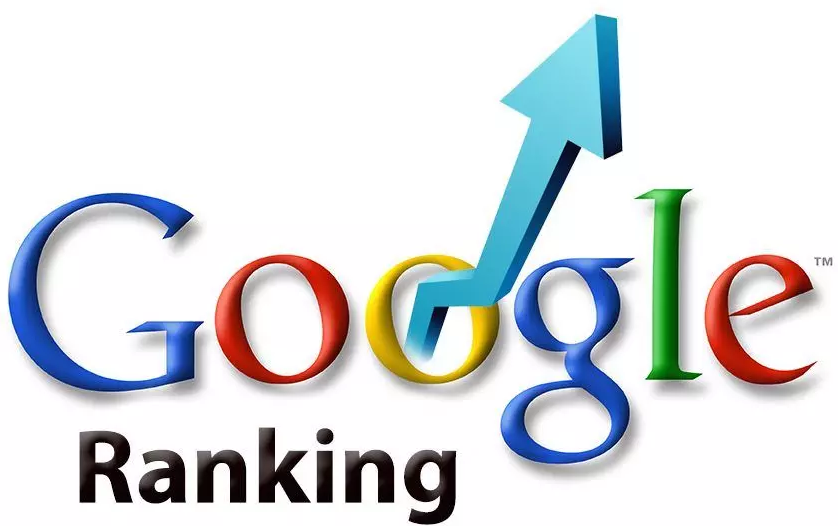Google’s search engine uses a range of methods to determine which pages will be displayed at the top of the SERPs (Search Engine Results Pages). It looks at over 200 different factors while ranking sites. New algorithms are released at a regular frequency and the ranking parameters are in constant change-mode. However, there are a few basic things you can do to improve your ranking in Google’s search results. Here are some insights into how Google ranks websites:
- High-quality content
Google’s big priority is to enhance user experience. The key lies in creating engaging and relevant high-quality content that is easy to locate and understand. While some things go into creating good content, Google recognizes and rewards sites that help users quickly locate the information they were looking for.
Avoid common SEO blunders such as scraping content, keyword stuffing or posting stale, irrelevant or uninteresting content. Google’s priority is to enhance the user experience, so if you want your website to rank well, it needs to deliver on this front.
- Length of the content
Google now favors lengthier content and most of the highest ranking pages on the search engine have substantial amounts of it. As a matter of fact, the average content length for web pages featuring in the top 10 results (for any particular keyword) was a minimum of 2,000 words.
- Images that have been optimized well
While photos and images are a great way to gain information about things around us, search engines can’t make too much sense of them. The one way to add visual media to your site, yet overcome this hurdle is to optimize all the photos and other images. Some things you can do include:
- Reduce the file size of the image for faster loading times (this is a ranking factor).
- Include captions can help users easily find what they’re looking for.
- Choose descriptive file names that include keywords you want to rank for.
- Add an alt tag; this helps Google understand what that image is about.
- Add titles to images; it provides additional information for improved user experience.
- Backlinks to high-authority sites
While content may be king, backlinks are the cornerstones of SEO. When your site is linked associated with trustworthy websites via backlinks, it helps improve the credibility and trustworthiness of your website too. Google uses its PageRank algorithm to keep score of which websites have high-quality backlinks.
PageRank refers to your “link score”; it evaluates both the quantity and quality of backlinks to your website, assigning it an authority score ranging between 0 and 10. Low-quality, spammy links will only pull your rankings down in 2018. Social shares such as retweets, “likes” and shares via various social media platforms influence your Google rankings too.
While focusing on all these things, keep the mobile first index in view at all times. Your website’s mobile experience can no longer be an afterthought; it is something you need to prioritize if you want to maintain a high rank on Google.
